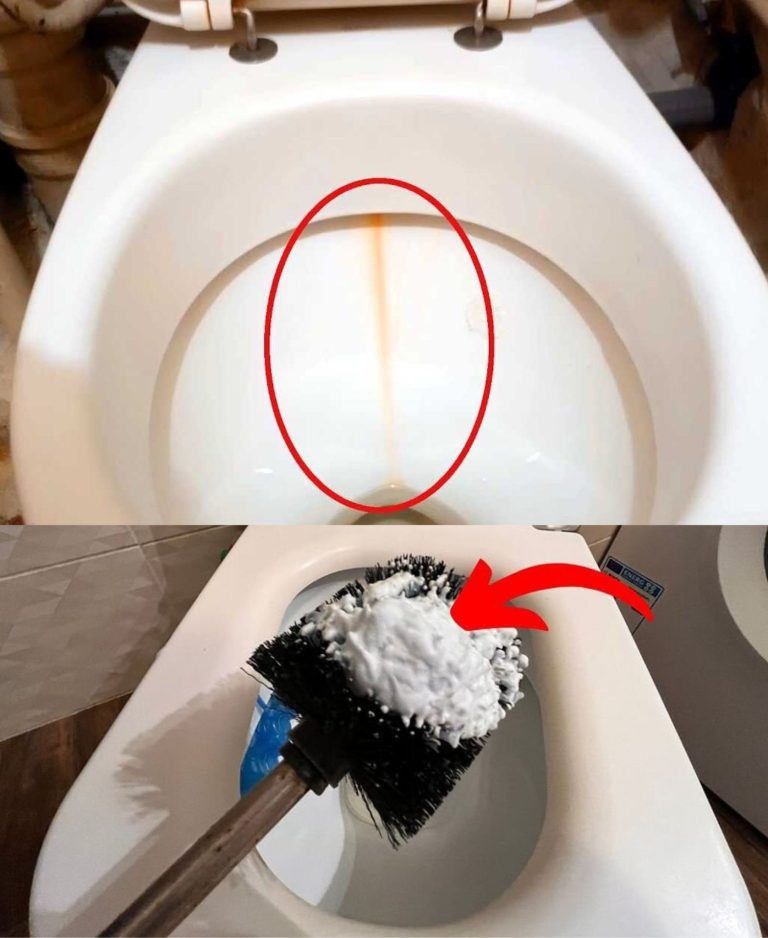ADVERTISEMENT
Sure! Here’s a detailed article on how using a simple, effective cleaning method can remove limescale from your toilet, offering a unique and natural solution.
—
**How to Remove Limescale from Your Toilet: The Power of a Simple Cleaning Solution**
A clean and sparkling toilet bowl is a must-have for any home. However, one of the most common and stubborn issues that homeowners face is limescale buildup. Limescale, which results from the high mineral content in hard water, can quickly accumulate inside your toilet bowl, leaving unsightly stains and making cleaning more challenging. If left unchecked, it can even damage the porcelain and cause unpleasant odors.
The good news is that you don’t need to rely on harsh chemicals or expensive cleaning products to get rid of limescale. A simple, natural solution involving a common household item can work wonders. One of the most effective methods to remove limescale and restore your toilet to its sparkling best involves applying a specific cleaning agent to your toilet brush and letting the brush do all the hard work. In this article, we’ll walk you through the step-by-step process of removing limescale from your toilet, provide tips on maintaining a clean toilet, and explain why this method is both effective and environmentally friendly.
### **Understanding Limescale: What It Is and Why It Forms**
Before we dive into the solution, it’s essential to understand what limescale is and why it forms in your toilet in the first place.
Limescale is a hard, chalky deposit that forms when water containing a high concentration of minerals, especially calcium and magnesium, evaporates or dries. This type of water is commonly referred to as “hard water.” Over time, the minerals left behind from the evaporated water combine to form a white, crusty buildup known as limescale.
In toilets, limescale typically forms above the waterline, where the water level fluctuates. This is why you’ll often see rings or stains in the toilet bowl, which become more pronounced over time if left untreated.
Limescale buildup doesn’t just look unsightly—it can also cause plumbing issues. If the buildup is significant, it can clog pipes and water jets, making your toilet less efficient. Fortunately, you can easily tackle limescale with a few simple cleaning steps.
For Complete Cooking STEPS Please Head On Over To Next Page Or Open button (>) and don’t forget to SHARE with your Facebook friends
